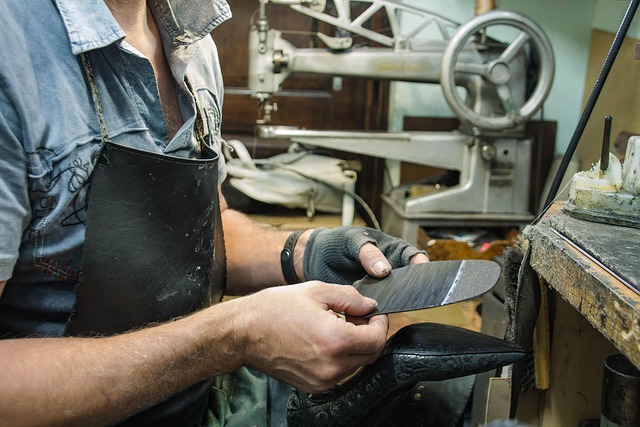Auto body corrosion, caused by oxygen, moisture, and environmental factors, requires a multi-step approach for repair. Evaluating damage involves inspecting visible and hidden rust patches. Choosing the right rust removal methods, from DIY to professional techniques, is crucial. Long-term solutions include drainage improvements, panel repairs, and protective coatings. Meticulous preparation, surface treatment, and selecting appropriate rust repair kits or putty ensure lasting protection. Preventative measures like washing, waxing, and using quality car care products further guard against corrosion. Choosing the right rust repair techniques provides long-lasting protection for vehicles and metal art.
Corrosion on your vehicle’s body can be more than just an eyesore; it signals a serious structural issue. Understanding auto body corrosion, its causes, and available repair options is key to restoring your vehicle’s integrity and aesthetics. This comprehensive guide delves into the process of selecting rust repair methods, from evaluating damage to preventive measures. Learn about effective rust removal, surface treatment, patching, painting techniques, and more, ensuring long-lasting protection for your car’s exterior.
- Understanding Auto Body Corrosion
- Evaluating Damage and Repair Options
- Choosing the Right Rust Removal Methods
- Preparation and Surface Treatment
- Patching and Painting Techniques
- Preventive Measures for Future Protection
Understanding Auto Body Corrosion
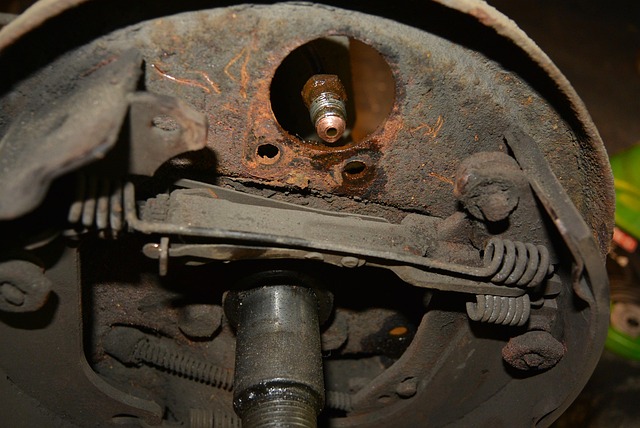
Auto body corrosion is a common issue that can significantly impact a vehicle’s appearance and structural integrity. It begins with the gradual breakdown of metal surfaces due to exposure to oxygen, moisture, and other environmental factors. Over time, this can lead to rust formation, which not only weakens the car’s exterior but also raises concerns about safety and durability. Understanding the root causes is crucial when selecting the best rust repair method.
One key aspect in the battle against corrosion is identifying the specific areas affected. Whether it’s a small dent or a larger area of deterioration, proper assessment is essential. Long-term solutions to rust involve addressing not just the visible symptoms but also the underlying issues that foster its growth. This might include improving drainage around the vehicle, repairing or replacing damaged panels, and applying protective coatings or underbody sealants. By choosing the right rust removal services, car owners can effectively stop rust naturally and ensure their vehicles remain in top condition for years to come.
Evaluating Damage and Repair Options
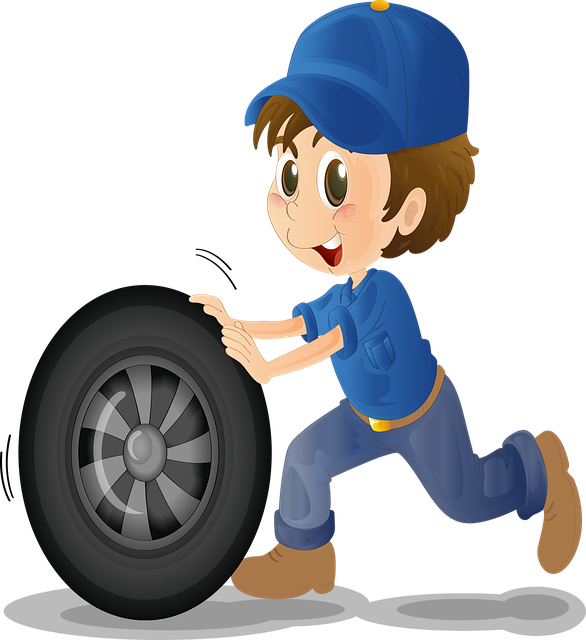
Evaluating Damage and Repair Options
The first step in fixing auto body corrosion is thoroughly assessing the extent of the damage. Look for patches of rust on the exterior, checking both visible areas and hard-to-reach corners. Rust can start small but quickly spread, so it’s crucial to identify every affected spot. Once you’ve located all rusted surfaces, consider the size and depth of the corrosion. Superficial rust may be treated with home remedies for rust stain removal, such as applying a paste of baking soda and water. However, deeper or more widespread damage will likely require professional intervention.
When selecting a rust repair method, remember that not all solutions are created equal. Traditional rust remover for cars often involves sanding down the affected area to remove loose paint and corrosion before applying a new layer of protective coating. More modern approaches focus on preventing rust naturally by using specialized primers and sealants designed to protect metal surfaces. Depending on the severity of the corrosion, you might choose one method over another or combine techniques for optimal results.
Choosing the Right Rust Removal Methods

When it comes to fixing auto body corrosion, selecting the right rust removal methods is a crucial step in ensuring a long-lasting repair. The first consideration is understanding the extent of the corrosion and choosing an appropriate method accordingly. For minor surface rust, there are several DIY options available, such as using wire brushes or specialized rust removal chemicals. These can effectively clean the affected areas without causing excessive damage to the underlying metal.
For more severe cases where the corrosion has penetrated deeper into the auto body’s structure, professional interventions might be necessary. This could involve sandblasting to strip away damaged layers or employing powerful chemical solutions designed for rust removal. Remember that the goal is not just to remove the visible rust but also to address any underlying issues to prevent future corrosion. Select rust repair techniques that align with these objectives and complement them with effective rust proofing materials to safeguard against future damage.
Preparation and Surface Treatment
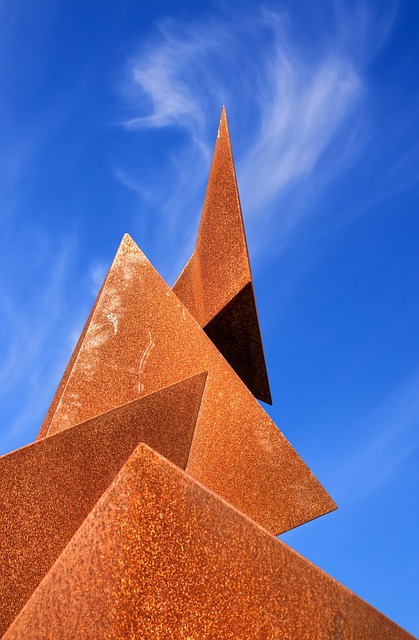
The first step in any auto body corrosion fix is thorough preparation and surface treatment. This involves carefully inspecting the damaged area to determine the extent of rust infiltration. Once identified, the rusted parts should be meticulously sanded and cleaned to remove any loose debris or previous repair attempts. It’s crucial to use the right tools and techniques here; a power sander with fine-grit paper can ensure a smooth, even surface for the next stage.
After cleaning, selecting the appropriate rust repair method is key. This could range from using specialized rust removal chemicals to applying a protective coating designed to prevent future rust formation. For those interested in reclaiming rusty metal art, these steps are essential, as they prepare the metal for repurposing or restructuring. Remember that proper surface treatment not only fixes the visible rust but also acts as a foundational layer for effective rust proofing materials, ensuring longevity against future corrosion.
Patching and Painting Techniques
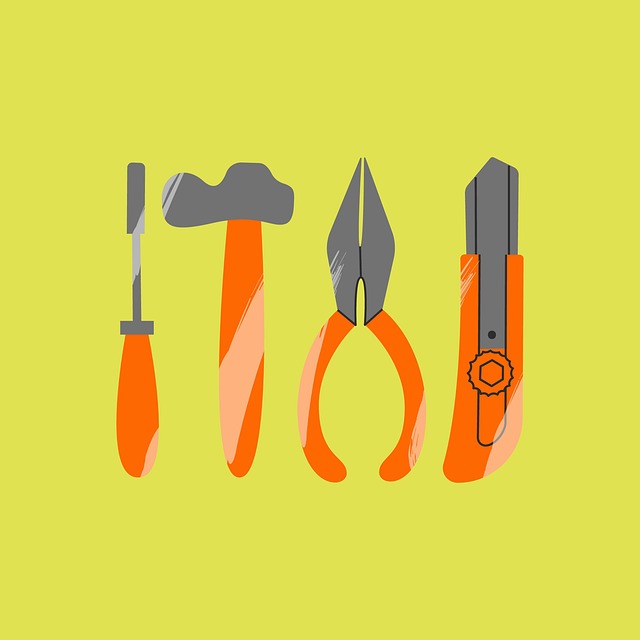
When it comes to patching and painting auto body corrosion, there are several techniques to consider, each with its own set of benefits. One popular method involves using specialized rust repair kits that include patching compounds and primer. These kits allow for precise application, filling in damaged areas and smoothing out surfaces before painting. This process is particularly effective for small to medium-sized corrosion spots, ensuring a solid foundation for the upcoming paint job.
For more extensive repairs or complex shapes like curved panels, professionals often turn to hand-mixing putty or using automated equipment. This technique offers greater flexibility and can restore intricate details on both new and old vehicles. After patching, applying an appropriate primer is crucial to prepare the metal for painting. This step helps prevent future rust formation and ensures a durable, long-lasting finish, especially when combined with high-quality paints specifically designed for auto body applications.
Preventive Measures for Future Protection
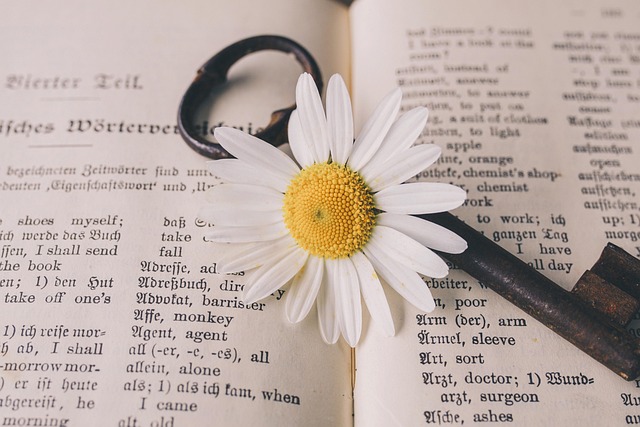
Preventative measures are key when it comes to safeguarding your vehicle from future corrosion. Regular washing and waxing provide a protective barrier against moisture and UV rays, which are primary catalysts for rust formation. Using high-quality car care products designed to repel water and dirt can significantly extend the lifespan of your vehicle’s exterior.
Additionally, considering specific rust protection for outdoor furniture or implementing home rust removal tips if rust has already started to appear, can help maintain the aesthetic appeal and structural integrity of both your car and other metal items. Selecting the right rust repair methods, such as undercoating or applying specialized rust-inhibiting paints, is crucial for long-lasting protection, acting as a shield against environmental aggressors and ensuring that your investments remain in top condition.
Auto body corrosion can be a challenging issue, but with the right approach, it’s possible to effectively fix and prevent future damage. By understanding the problem, evaluating the extent of the damage, and choosing suitable rust removal methods, you can restore your vehicle’s exterior. The process involves preparation, surface treatment, patching, painting, and taking preventive measures. Remember, selecting the right rust repair techniques is key to achieving long-lasting results and maintaining a corrosion-free finish.
